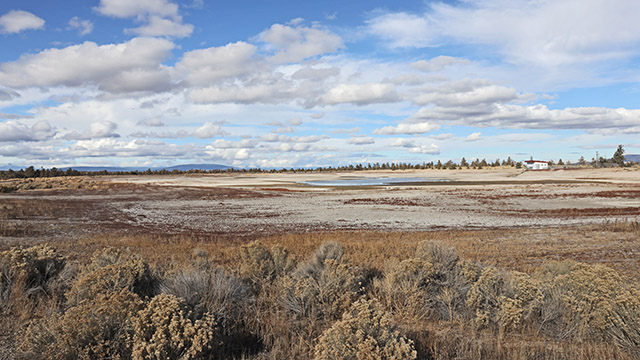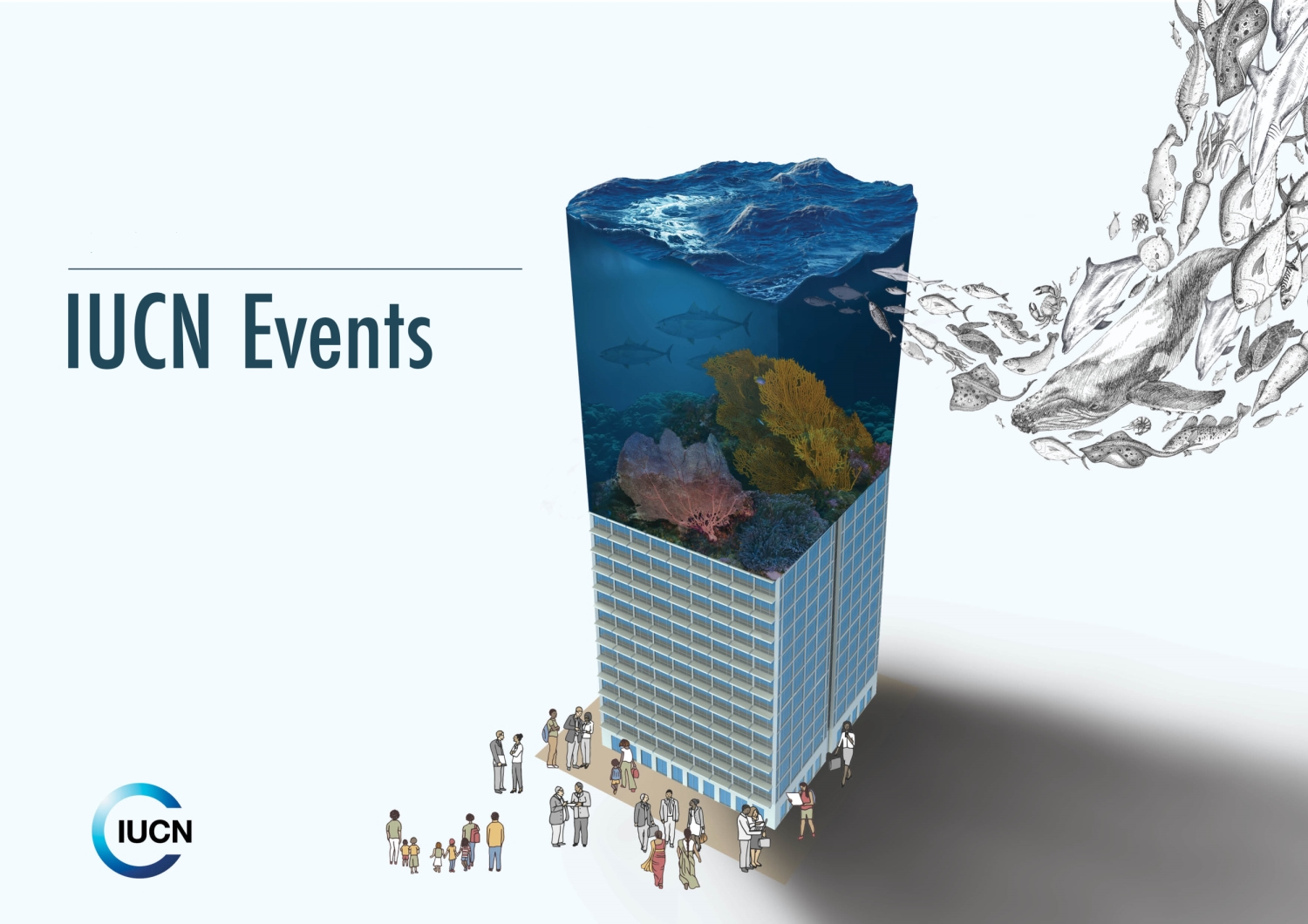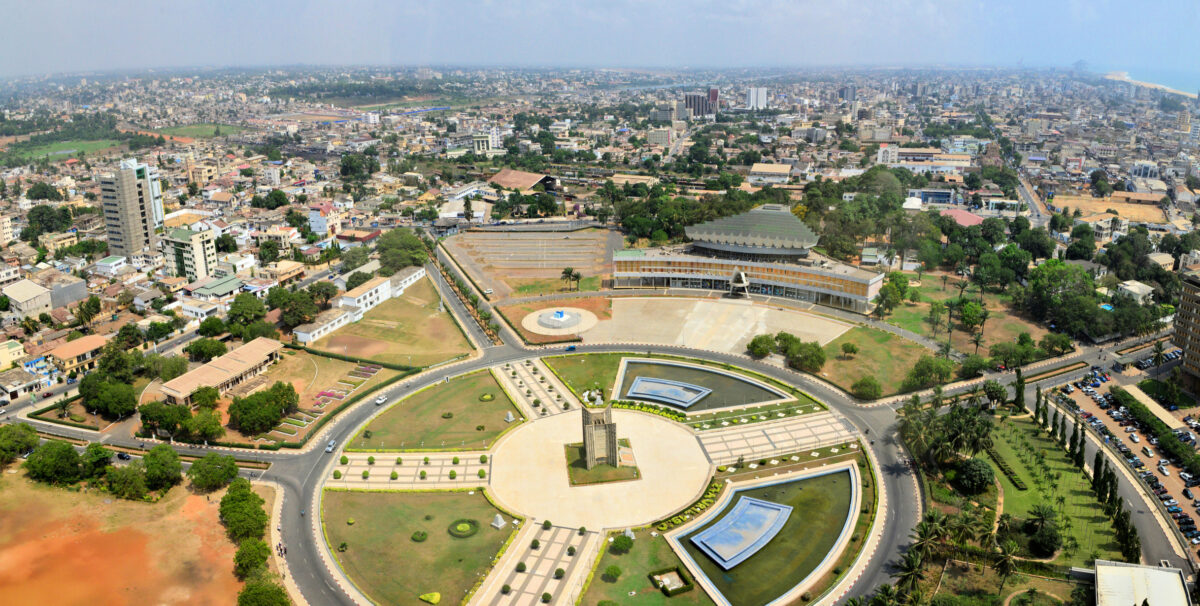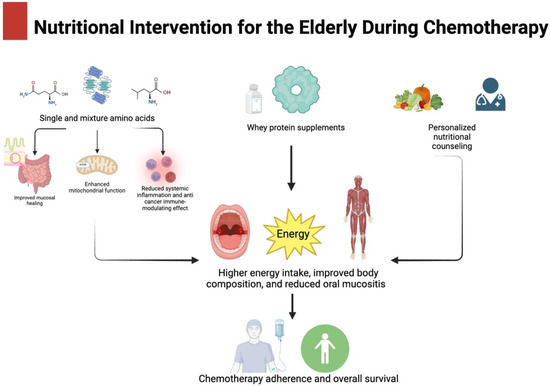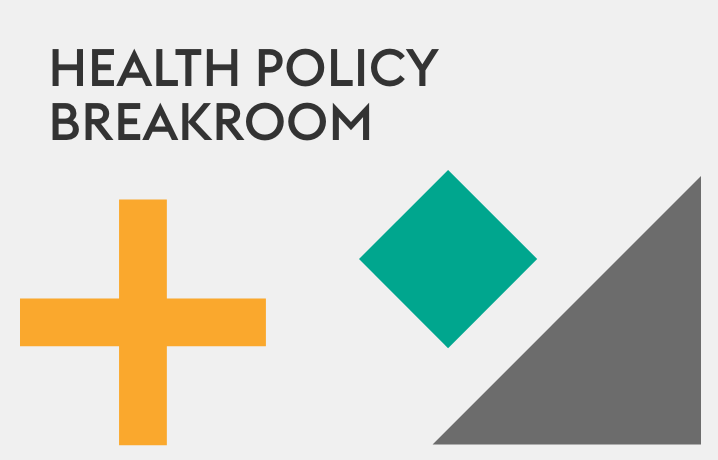Assam Plans to Position Karbi Anglong as a Key Eco-Tourism Destination with a Focus on Eco-Friendly Accommodations and Community-Based Tourism – Travel And Tour World

Report on the Strategic Development of Karbi Anglong as a Sustainable Eco-Tourism Hub
1.0 Executive Summary
The government of Assam is launching a strategic initiative to establish the Karbi Anglong district as a premier eco-tourism destination. The plan is centered on leveraging the region’s rich biodiversity, pristine natural landscapes, and vibrant indigenous culture. By prioritizing eco-friendly infrastructure, community-based tourism models, and the preservation of cultural heritage, the initiative aims to create a sustainable economic framework that aligns directly with the United Nations Sustainable Development Goals (SDGs). The core objective is to foster responsible tourism that generates economic benefits for local communities while ensuring the long-term protection of the region’s environmental and cultural assets.
2.0 Key Strategic Pillars of the Initiative
- Environmental Conservation and Eco-Friendly Development: The initiative places a strong emphasis on preserving Karbi Anglong’s diverse ecosystems. Development will focus on low-impact, eco-friendly accommodations and practices to maintain the natural beauty and biodiversity that define the region.
- Community-Based Tourism and Empowerment: A central tenet of the plan is the active involvement of local indigenous communities. This model ensures that economic benefits are distributed directly to residents through homestays, guide services, and the sale of traditional crafts and cuisine, fostering local entrepreneurship and improving livelihoods.
- Sustainable Infrastructure and Accessibility: The government will undertake targeted infrastructure projects to improve accessibility, including enhancing road networks and transportation. Development of tourist facilities such as eco-lodges and guesthouses will adhere to sustainable building and operational standards.
- Cultural Heritage Preservation: The unique cultural traditions of the Karbi and Dimasa tribes, among others, are positioned as a core component of the visitor experience. The initiative will promote cultural performances, craft markets, and culinary tourism to safeguard and celebrate this heritage.
Alignment with Sustainable Development Goals (SDGs)
The Karbi Anglong tourism initiative is fundamentally aligned with several key SDGs, demonstrating a commitment to a holistic and sustainable development model.
3.1 SDG 8: Decent Work and Economic Growth & SDG 1: No Poverty
- Promotion of community-based tourism creates new employment and entrepreneurial opportunities in rural areas.
- The model aims to generate sustainable income streams for local households, contributing directly to poverty reduction.
- Empowerment of local communities to manage tourism activities fosters inclusive and sustained economic growth.
3.2 SDG 15: Life on Land & SDG 13: Climate Action
- The focus on eco-tourism directly supports the conservation of Karbi Anglong’s rich biodiversity and terrestrial ecosystems.
- Prioritizing eco-friendly accommodations and responsible travel options helps mitigate the environmental footprint of tourism.
- The initiative serves as a model for sustainable land use, balancing economic activity with the preservation of forests and wildlife habitats.
3.3 SDG 11: Sustainable Cities and Communities & SDG 12: Responsible Consumption and Production
- The plan actively works to protect and safeguard the region’s unique cultural and natural heritage (Target 11.4).
- By creating a sustainable tourism model, the initiative promotes responsible consumption and production patterns within the tourism sector.
- It fosters local economies by integrating local products, crafts, and culture into the tourism value chain.
3.4 SDG 5: Gender Equality & SDG 10: Reduced Inequalities
- The initiative provides significant opportunities for women and youth to participate in the local economy as entrepreneurs and service providers.
- By empowering indigenous communities and ensuring they are primary beneficiaries, the project helps reduce economic inequalities.
3.5 SDG 9: Industry, Innovation, and Infrastructure
- The plan includes strategic development of resilient and sustainable infrastructure, such as improved road networks and eco-friendly tourist facilities.
- This development is designed to support sustainable economic growth and improve connectivity for remote communities.
4.0 Projected Outcomes and Regional Significance
The successful implementation of this initiative is expected to position Karbi Anglong as a benchmark for sustainable tourism in Northeast India. The project aims to demonstrate that economic development can be achieved in harmony with environmental conservation and cultural preservation. By creating a resilient, inclusive, and sustainable tourism economy, Karbi Anglong can serve as a powerful case study for other regions seeking to develop their tourism sectors responsibly. The long-term vision is a thriving destination that provides lasting benefits to its communities while safeguarding its natural and cultural treasures for future generations.
1. Which SDGs are addressed or connected to the issues highlighted in the article?
- SDG 8: Decent Work and Economic Growth
- SDG 9: Industry, Innovation and Infrastructure
- SDG 11: Sustainable Cities and Communities
- SDG 15: Life on Land
2. What specific targets under those SDGs can be identified based on the article’s content?
-
SDG 8: Decent Work and Economic Growth
- Target 8.9: By 2030, devise and implement policies to promote sustainable tourism that creates jobs and promotes local culture and products.
- Explanation: The article explicitly states that the initiative aims to “create a sustainable tourism model that not only boosts the local economy but also fosters long-term environmental and cultural preservation.” It emphasizes creating “new avenues for employment and entrepreneurship” and integrating “cultural performances, traditional craft markets, and local cuisine” into the tourism experience, directly aligning with the promotion of sustainable tourism that benefits the local economy and culture.
-
SDG 9: Industry, Innovation and Infrastructure
- Target 9.1: Develop quality, reliable, sustainable and resilient infrastructure, including regional and transborder infrastructure, to support economic development and human well-being, with a focus on affordable and equitable access for all.
- Explanation: The article highlights infrastructure development as a “key component of the transformation.” It mentions specific plans for “improving road networks and transportation options to make the region more accessible” and “expanding accommodation facilities, including eco-friendly lodges and guesthouses,” which falls under developing sustainable and resilient infrastructure to support economic development.
-
SDG 11: Sustainable Cities and Communities
- Target 11.4: Strengthen efforts to protect and safeguard the world’s cultural and natural heritage.
- Explanation: A core theme of the article is the preservation of Karbi Anglong’s heritage. The plan focuses on “preserving the area’s pristine landscapes and unique cultural heritage.” It mentions safeguarding the “rich cultural traditions of the local tribes, such as the Karbis and Dimasas,” and their “long history of arts, crafts, and music,” which are central to protecting cultural and natural heritage.
-
SDG 15: Life on Land
- Target 15.1: By 2020, ensure the conservation, restoration and sustainable use of terrestrial and inland freshwater ecosystems and their services, in particular forests, wetlands, mountains and drylands, in line with obligations under international agreements.
- Explanation: The initiative is built on capitalizing on Karbi Anglong’s “natural beauty, rich biodiversity, and vibrant indigenous culture.” The article states the goal is to promote tourism that “respects the natural environment” and ensures that “tourism growth does not come at the expense of the region’s rich biodiversity.” This directly relates to the conservation and sustainable use of terrestrial ecosystems like the “lush green hills, dense forests” mentioned.
3. Are there any indicators mentioned or implied in the article that can be used to measure progress towards the identified targets?
-
Indicator for Target 8.9
- Implied Indicator: Number of jobs and entrepreneurship opportunities created in the tourism sector for local communities, including women and youth; and revenue generated from local tourism products (crafts, cuisine).
- Explanation: The article states the plan will create “new avenues for employment and entrepreneurship” and provide “opportunities for women and youth to become active participants.” It also mentions showcasing “traditional crafts and local cuisines,” implying that sales and income from these activities would be a measure of success in promoting the local economy.
-
Indicator for Target 9.1
- Implied Indicator: Improvement in road accessibility to the region; and the number of new eco-friendly accommodation facilities established.
- Explanation: Progress can be measured by tracking the specific infrastructure projects mentioned. The article points to “improving road networks and transportation options” and “expanding accommodation facilities, including eco-friendly lodges and guesthouses” as key actions.
-
Indicator for Target 11.4
- Implied Indicator: Level of community involvement in tourism activities that preserve cultural heritage; and the number of cultural heritage elements (e.g., performances, craft markets) integrated into the tourism model.
- Explanation: The article emphasizes that “the people of Karbi Anglong will play a central role in the tourism experience” and that “cultural performances, traditional craft markets, and local cuisine will offer visitors a deeper connection to the area’s heritage.” Measuring the extent of this integration and community participation would serve as an indicator of progress.
-
Indicator for Target 15.1
- Implied Indicator: Maintenance or improvement of the state of biodiversity and pristine landscapes in Karbi Anglong.
- Explanation: The article’s core objective is to “foster a model of development that is environmentally responsible” and to “preserve the environment.” An implicit indicator of success would be the ongoing health of the region’s “rich biodiversity,” “lush green hills,” and “dense forests” as tourism develops.
4. Create a table with three columns titled ‘SDGs, Targets and Indicators” to present the findings from analyzing the article.
| SDGs | Targets | Indicators |
|---|---|---|
| SDG 8: Decent Work and Economic Growth | 8.9: Promote sustainable tourism that creates jobs and promotes local culture and products. | Number of jobs and entrepreneurship opportunities created for local communities; Revenue from local tourism products (crafts, cuisine). |
| SDG 9: Industry, Innovation and Infrastructure | 9.1: Develop quality, reliable, sustainable and resilient infrastructure. | Improvement in road accessibility; Number of new eco-friendly accommodation facilities. |
| SDG 11: Sustainable Cities and Communities | 11.4: Strengthen efforts to protect and safeguard the world’s cultural and natural heritage. | Level of community involvement in preserving cultural heritage; Number of cultural elements integrated into tourism. |
| SDG 15: Life on Land | 15.1: Ensure the conservation, restoration and sustainable use of terrestrial and inland freshwater ecosystems. | Maintenance or improvement of the state of biodiversity and pristine landscapes in the region. |
Source: travelandtourworld.com

What is Your Reaction?
 Like
0
Like
0
 Dislike
0
Dislike
0
 Love
0
Love
0
 Funny
0
Funny
0
 Angry
0
Angry
0
 Sad
0
Sad
0
 Wow
0
Wow
0























